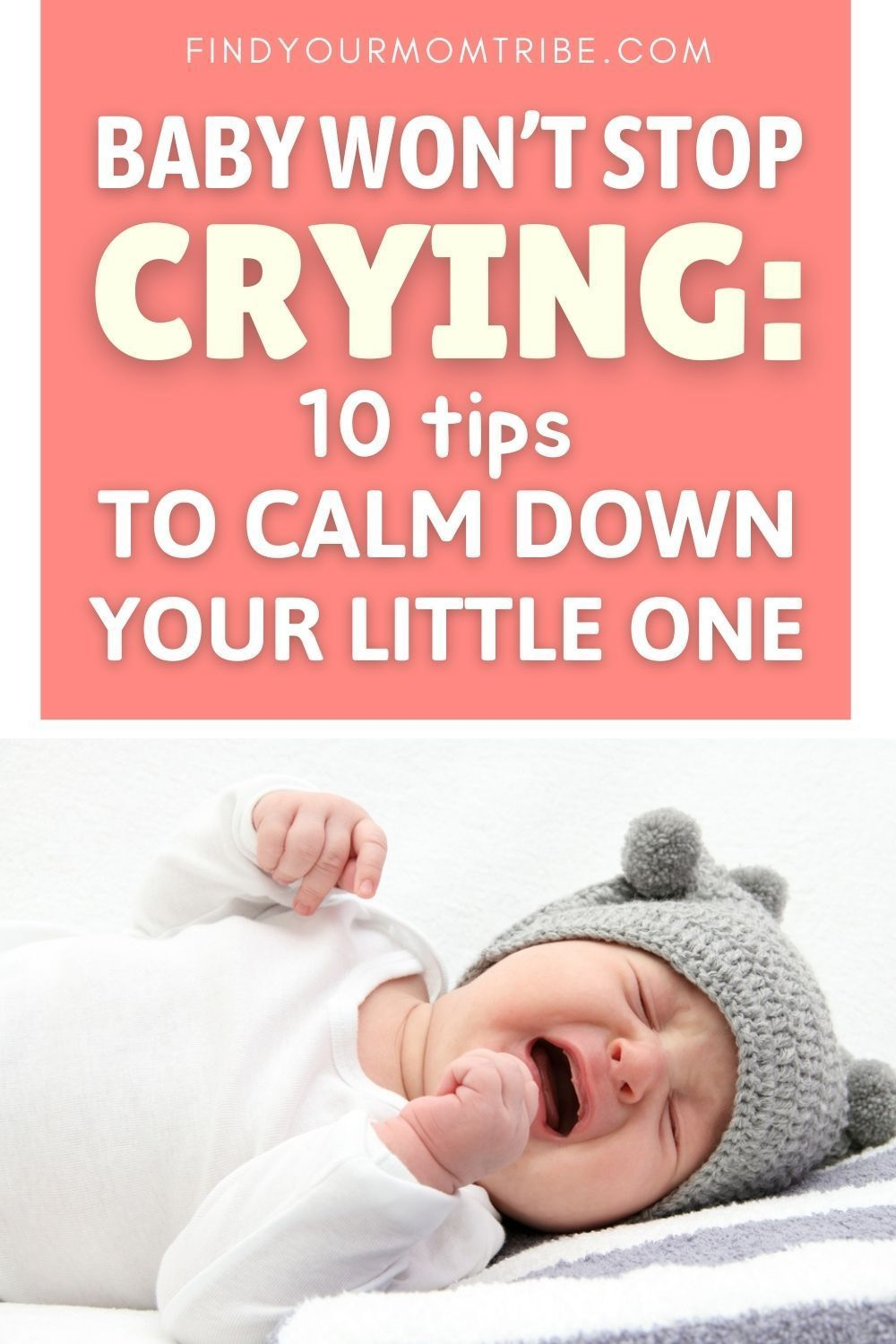How To Stop A Baby From Crying
Are you a new parent struggling to calm down your crying baby? It can be a challenging and overwhelming experience, but fret not! In this comprehensive guide, we will delve into effective strategies and tips on how to stop a baby from crying. From understanding the reasons behind their tears to practical techniques that can help soothe them, we’ve got you covered.
Knowledge
When it comes to addressing a crying baby, the first step is to identify the potential reasons behind their distress. Babies cry as a means of communication, so it’s essential to decipher what they might be trying to convey. Common reasons for crying include hunger, fatigue, discomfort, boredom, or the need for a diaper change.
One of the most common reasons for a baby’s crying is hunger. Look out for signs such as rooting, sucking on fists, or smacking lips. Offering a feeding session can often help alleviate their distress.
Babies seek comfort and reassurance from their caregivers. Holding them close, gently rocking them, or singing a lullaby can be effective ways to calm them down. Swaddling your baby snugly in a blanket can also mimic the feeling of being in the womb, providing comfort and security.
If your baby is crying due to discomfort, such as a wet diaper or being too hot or cold, addressing these needs promptly can help soothe them. Check their diaper regularly and ensure they are dressed appropriately for the current temperature.
Babies are sensitive to their surroundings, so ensuring a peaceful and soothing environment can help calm them down. Dimming the lights, playing soft music, or using white noise machines can create a relaxing atmosphere for your baby.
If your baby’s crying persists despite your best efforts, it’s essential to seek medical advice. Underlying issues such as colic, reflux, or allergies could be causing their distress, and a pediatrician can provide guidance on how to address these concerns.
Conclusion
In conclusion, knowing how to stop a baby from crying requires patience, attentiveness, and a willingness to try different strategies. By understanding the reasons behind their tears and responding to their needs promptly, you can help soothe your baby and create a peaceful environment for both of you.
Target audience: New parents or caregivers looking for effective ways to calm down a crying baby.
Final thoughts: Mastering the art of soothing a crying baby is a valuable skill that can strengthen the bond between caregiver and child. By being responsive and attentive to your baby’s needs, you can create a nurturing environment that promotes their well-being and development.






